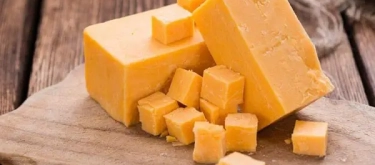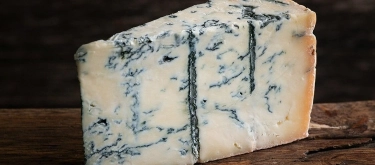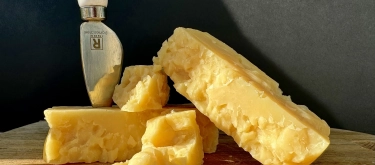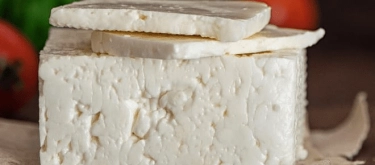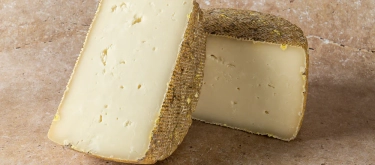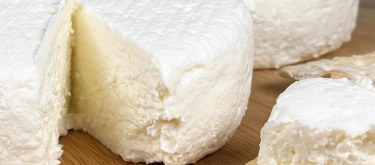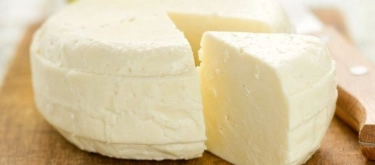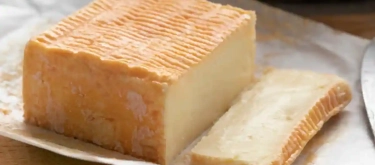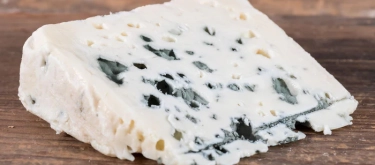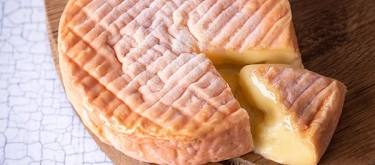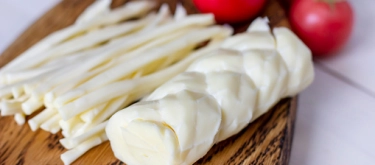Cheese Bites: Taste Profile, Aroma, Benefits and Health Risks
Cheese bites are small, ready-to-eat portions of cheese served as snacks, in party platters, or as part of tapas. They are made from various cheeses—cheddar, gouda, mozzarella, Swiss, or specialty blends—and can be plain, marinated, or coated with spices. Their popularity lies in their convenience, balanced flavor, and versatility in pairing with wine, bread, and fruits.
Cheese bites contain dairy proteins and lactose. Individuals with lactose intolerance or milk allergies should avoid or choose lactose-free options. High sodium and saturated fat content can be problematic for people with hypertension or cardiovascular issues. Pregnant women should avoid unpasteurized cheeses due to risk of Listeria infection.
What does Cheese Bites taste like?
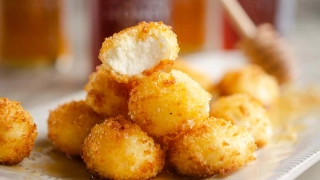
Complete Sensory Description
-
Taste: A mild cheddar bite starts with creamy, salty, and slightly sharp notes on the tongue. As it melts, nutty and buttery tones emerge. Stronger cheeses like aged gouda or Swiss cubes deliver sweet, caramelized, or slightly tangy profiles. The finish can range from smooth creaminess to pronounced umami.
-
Aroma: Retronasal aroma includes dairy sweetness, slight nuttiness, and depending on the cheese type, sharper tang or earthy notes.
-
Texture: Firm but yielding bite-sized cubes or spheres. Fresh cheese bites are soft and springy, while aged cheese bites are crumbly and dense.
-
Appearance: Uniform small cubes or balls, pale cream to golden yellow, sometimes coated with herbs, spices, or marinade oil.
In-depth Flavor Analysis
Cheese bites’ flavor is determined by milk type, culture, and aging:
-
Key compounds:
-
Processing effects: Aging intensifies sharpness and complexity; pasteurization yields milder flavors; added spices and herbs create secondary flavor notes.
-
Flavor levers: Choosing young cheese for mildness or aged cheese for depth; marinating in oil and herbs enhances aroma.
Varieties and Culinary Applications
-
Varieties:
-
Cheddar cubes: classic, mild to sharp.
-
Gouda bites: buttery, sweet, nutty.
-
Mozzarella bites: fresh, soft, mild.
-
Specialty marinated bites: feta or goat cheese in oil with herbs.
-
-
Applications: Served as appetizers, added to salads, skewered with fruits or vegetables, paired with crackers and wine, or baked into pastries.
Selection and Storage
-
Selection: Choose cheese bites from reputable producers, check expiration date, and ensure no mold unless it’s a blue cheese type.
-
Storage: Keep refrigerated at 0–5°C. Consume fresh cheese within a few days of opening; aged cheese bites last longer if sealed tightly.

Nutritional Insights
Cheese bites are rich in protein, calcium, vitamin B12, and phosphorus, supporting bone health and muscle maintenance. However, they are calorie-dense and high in saturated fat, so portion control is recommended. Lactose-free options exist for those with intolerance.
Expert Insights & Culinary Tips
Chefs recommend pairing cheese bites with acidic fruits like grapes or apples to balance richness. Marinated feta bites work well in salads, while cheddar or gouda cubes complement beer or wine tastings.
Interesting and Curious Facts
Cheese has been produced for at least 7,000 years, and bite-sized cheese has become popular worldwide for convenience. In Japan, cheese bites are sold as on-the-go snacks, while in Europe they’re staples of aperitif platters.
Harm and Dietary Considerations
-
High saturated fat can raise LDL cholesterol.
-
Excess sodium may worsen hypertension.
-
Unpasteurized cheese carries a risk of Listeria for pregnant women.
-
Milk protein allergies can cause reactions.
Religious Dietary Considerations
Cheese bites are generally acceptable but depend on rennet and processing:
-
Islam: Must be halal-certified if made with animal rennet.
-
Judaism: Must be kosher-certified.
-
Christianity: No general restrictions.
-
Hinduism & Buddhism: Usually acceptable, but some strict vegetarians avoid animal rennet.
Final Thoughts & Sensory Journey
Cheese bites offer a concentrated burst of dairy richness, ranging from mild and creamy to sharp and complex. Their small format makes them versatile and appealing, bridging traditional cheesemaking with modern snacking habits.
Resources
-
Fox PF, Guinee TP, Cogan TM, McSweeney PLH. Fundamentals of Cheese Science. Springer, 2017. ISBN: 9781489976876
-
Law BA. Technology of Cheesemaking. Wiley-Blackwell, 2017. ISBN: 9781119118476
-
McSweeney PLH. “Biochemistry of cheese ripening: Introduction and overview.” International Journal of Dairy Technology, 2004. DOI: 10.1111/j.1471-0307.2004.00145.x
